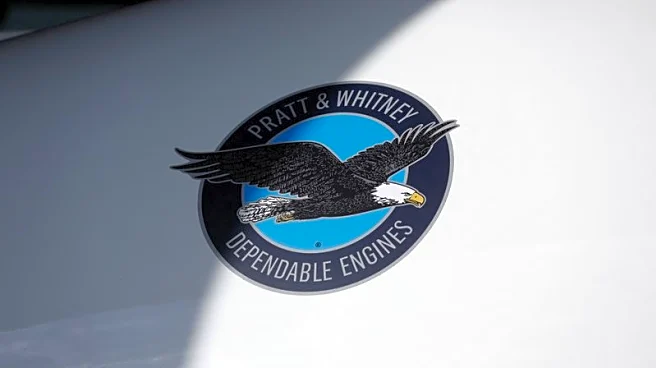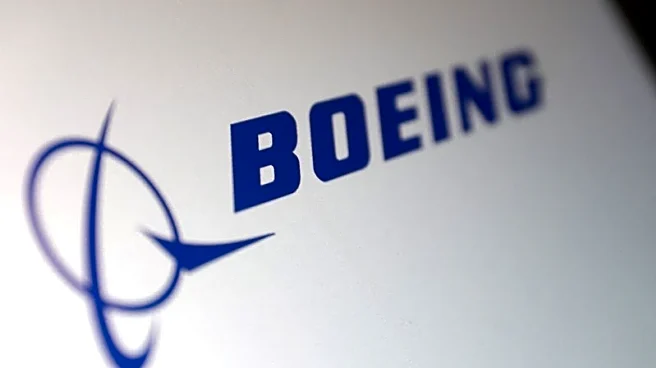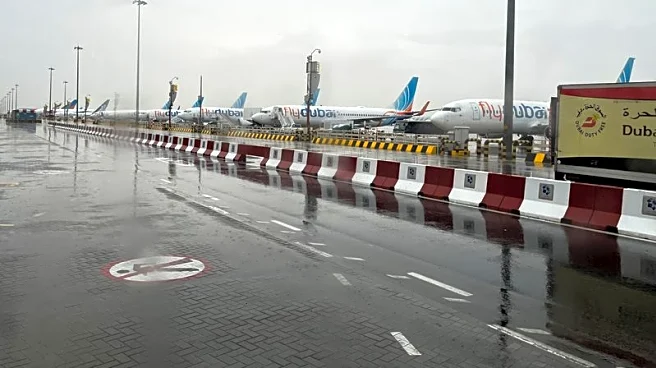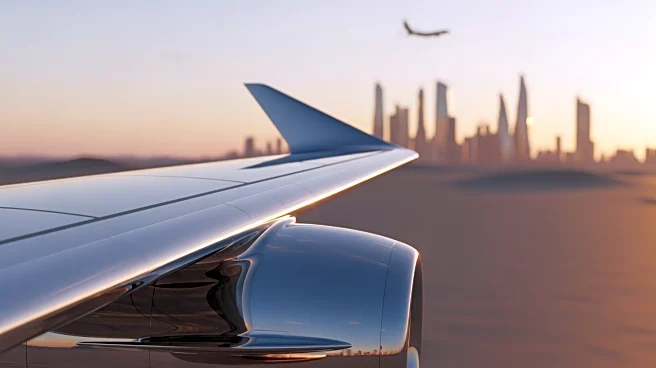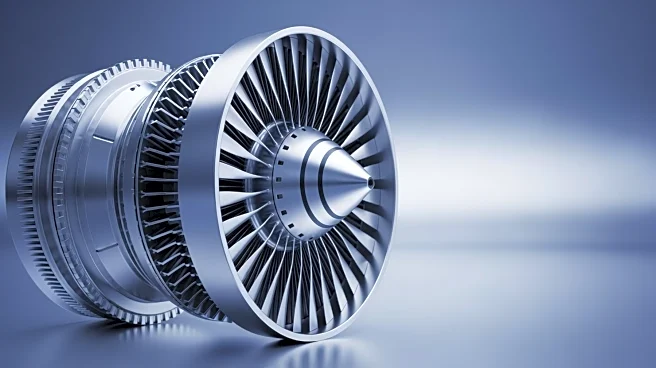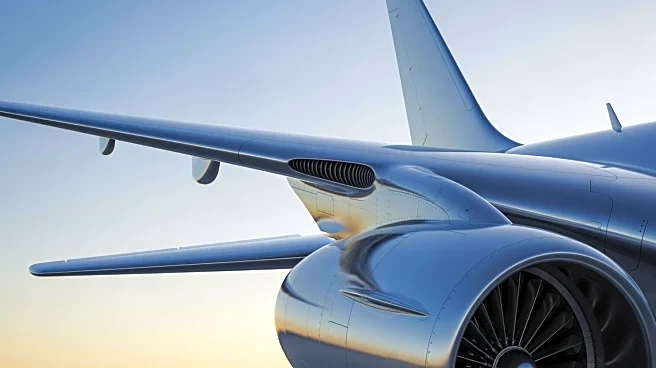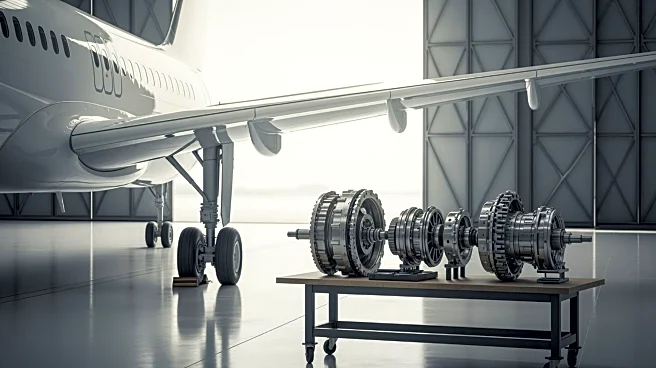By Tim Hepher
DUBAI (Reuters) -Pratt & Whitney is in discussions with Airbus about engine supplies over the next three years as the planemaker looks to increase production of its best-selling A320neo model,
the engine maker's top commercial executive said on Sunday.
Rick Deurloo, president of commercial engines at the RTX subsidiary, said its current factory set-up covers its share of existing output of 63 airplanes a month.
The comments to reporters on the eve of the Dubai Airshow indicate further discussions are needed to prepare industrially for plans to boost production to 75 jets a month.
PRATT & WHITNEY SAYS IT HAS IMPROVED ENGINE REPAIR TIMES
Airbus has said it is aiming to increase production of its best-selling jet to that level in 2027.
"We are talking to Airbus on a daily basis," Deurloo said.
Pratt & Whitney competes with GE Aerospace-Safran joint venture CFM International to supply engines for the A320neo family of jets. CFM is the sole engine supplier for Boeing's competing 737 MAX family of aircraft.
Engine supplies are under scrutiny as planemakers look to increase production of new jets while airlines are facing delays in repairs of engines on existing planes, causing hundreds of Pratt-powered Airbus jets to be grounded for lack of engines.
In the aftermarket, Pratt has seen a significant improvement in repair times and output at maintenance shops, Deurloo said.
For new planes, Deurloo said Pratt had already delivered the agreed number of engines to Airbus for 2025.
Analysts are closely watching shipments as Airbus strives to reach a target of delivering 820 jets in 2025, up 7% from 2024, following a weak start blamed on engine delays and other snags.
NEXT GENERATION
Airlines have protested about long engine repair times that have restricted the use of their planes as they wait for scarce maintenance slots. In turn, the price of spares and parts has risen sharply, airline officials say.
The shortages have also triggered some friction with planemakers as parts are diverted from new assembly to the aftermarket. Deurloo said Pratt was constantly juggling the various sources of demand in close consultation with Airbus.
He declined to comment on prices, but said Pratt had invested significantly in new equipment and production on top of the cutting-edge innovations required to develop engines.
"With that investment comes value into the market," Deurloo said.
For the next generation of airplanes, he said Pratt & Whitney was committed to keeping its existing geared turbofan architecture as well as the traditional airplane installation that includes an engine housing or nacelle to contain fan blades.
The approach contrasts with that of rival CFM, whose RISE engine concept includes designs for an open fan that it says would safely lead to higher savings in fuel and emissions.
The obscure engineering debate is set to shape aerospace and airline board discussions in coming years as planemakers pick engine makers for successors to the A320neo and 737 MAX, decisions that can influence air travel for decades.
Deurloo said he expected the next generation of aircraft to enter service closer to 2040 than 2035 - a time window widely mentioned as the target date for future narrow-body models.
(Reporting by Tim Hepher; Editing by Paul Simao)
